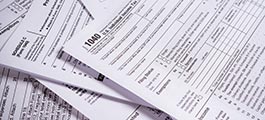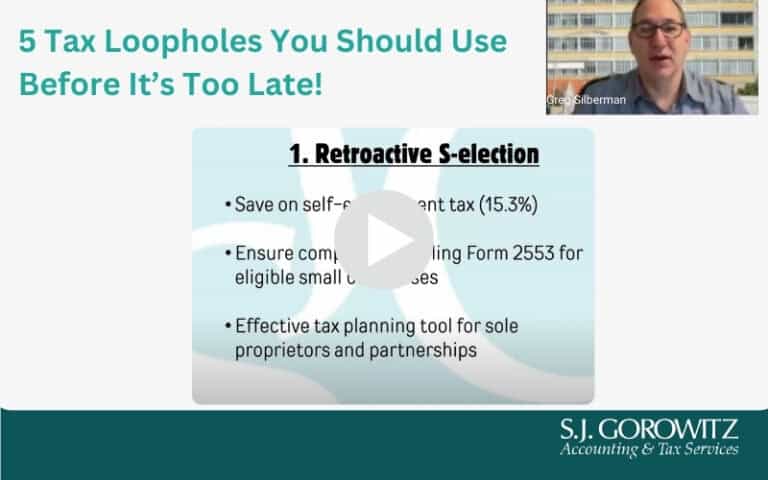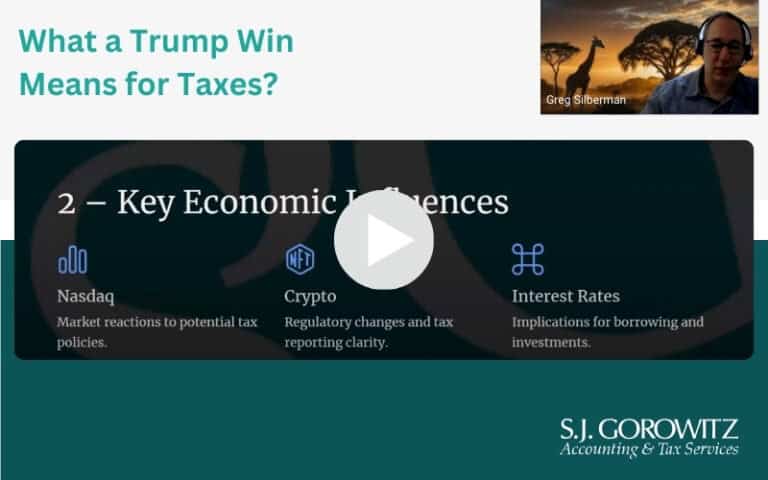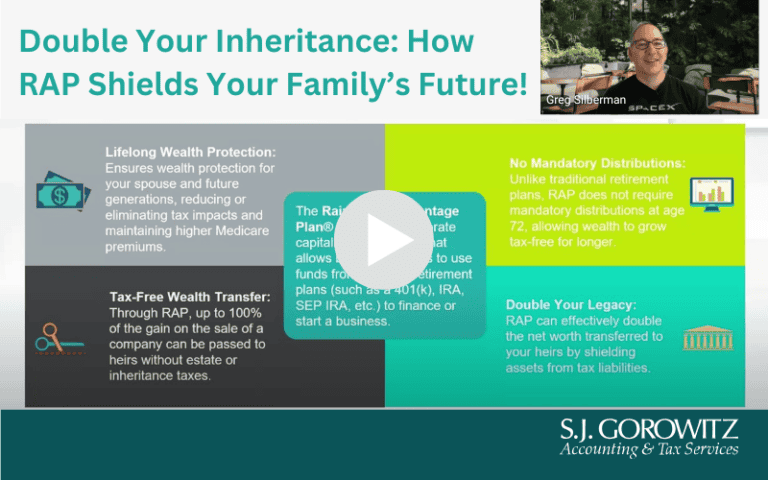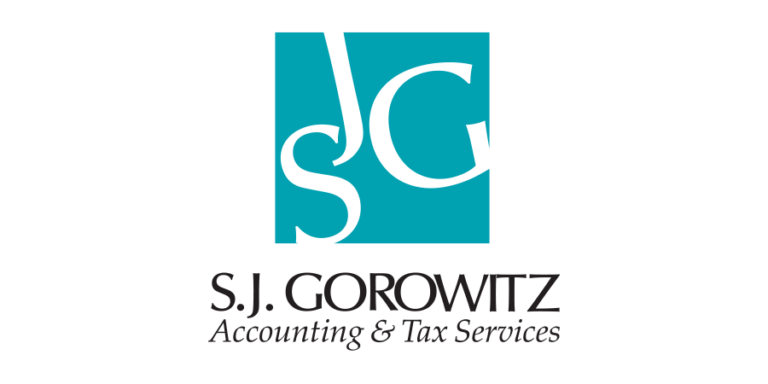The Form W-4, Employee’s Withholding Certificate indicates how much federal tax to withhold from your income. If you received a surprise at tax time this year, it may be because your W-4 isn’t set up correctly. It’s important to keep your W-4 up to date so that it reflects your current needs and life situation.
Having incorrect withholding can cause unwanted consequences. If too little in federal taxes is withheld, you will generally owe tax when you file your tax return and may even incur a penalty. If too much is withheld, you will generally be due a refund. Money that is refunded to you could have been invested or saved in an interest-bearing account rather than held by the government.
When Should a W-4 Be Updated?
It’s good practice to update your W-4 whenever your personal or financial situation changes. Examples of life changes that may warrant a new W-4 include:
- Changes in income, such as raises, bonuses, or a different salary.
- Changes in family status, such as marriage, divorce, childbirth, adoption, or widowhood.
- Changes in ownership of property through purchasing or selling.
You also may wish to revisit your W-4 if it’s been a while since you’ve looked at it or if tax laws have changed in a way that might affect you.
Mid-year is often a good time for business owners to assess the balance between the optimal level of compensation and taxes paid throughout the year. Ideally, you want to pay ‘not-too-much’ but ‘not-too-little’ to avoid big surprises or penalties at year-end.
How to Complete the W-4
Taxpayers can use the IRS’s Tax Withholding Estimator to see how various withholding strategies affect their refunds, take-home pay, or tax due.
The W-4 has five steps:
- Name and filing status.
- Multiple jobs adjustments if you work more than one job or your spouse works.
- Dependent and other credits claimed.
- Other income (not from employment), deductions beyond the standard deduction, and additional discretionary deductions you wish to take.
- Legal signature and date.
If you only complete Steps 1 and 5, your withholding will be based on the standard deduction and tax rates, with no other adjustments. If you want to calculate more accurate withholding, you will want to complete Steps 2 through 4. Making maximum use of deductions is one way to avoid having your business overpay taxes.
Claiming Exemption from Withholding
To claim exemption from withholding and have zero federal income tax withheld, you must have a current Form W-4 on file that indicates zero withholding. This W-4 is only valid for one calendar year. To continue to qualify as exempt, you must resubmit a W-4 annually, have incurred no tax liability for the previous year, and have no expected tax liability for the current year.
At S.J. Gorowitz Accounting & Tax Services, our goal is to help you keep as much of your hard earned money as possible through a well-planned tax strategy. We can provide expert counsel on how to maximize your benefits, minimize your liabilities, and keep more of your earnings over the long term. Call us at 770.740.0797 or email us at info2@SJGorowitz.com to set up a tax consultation today.


